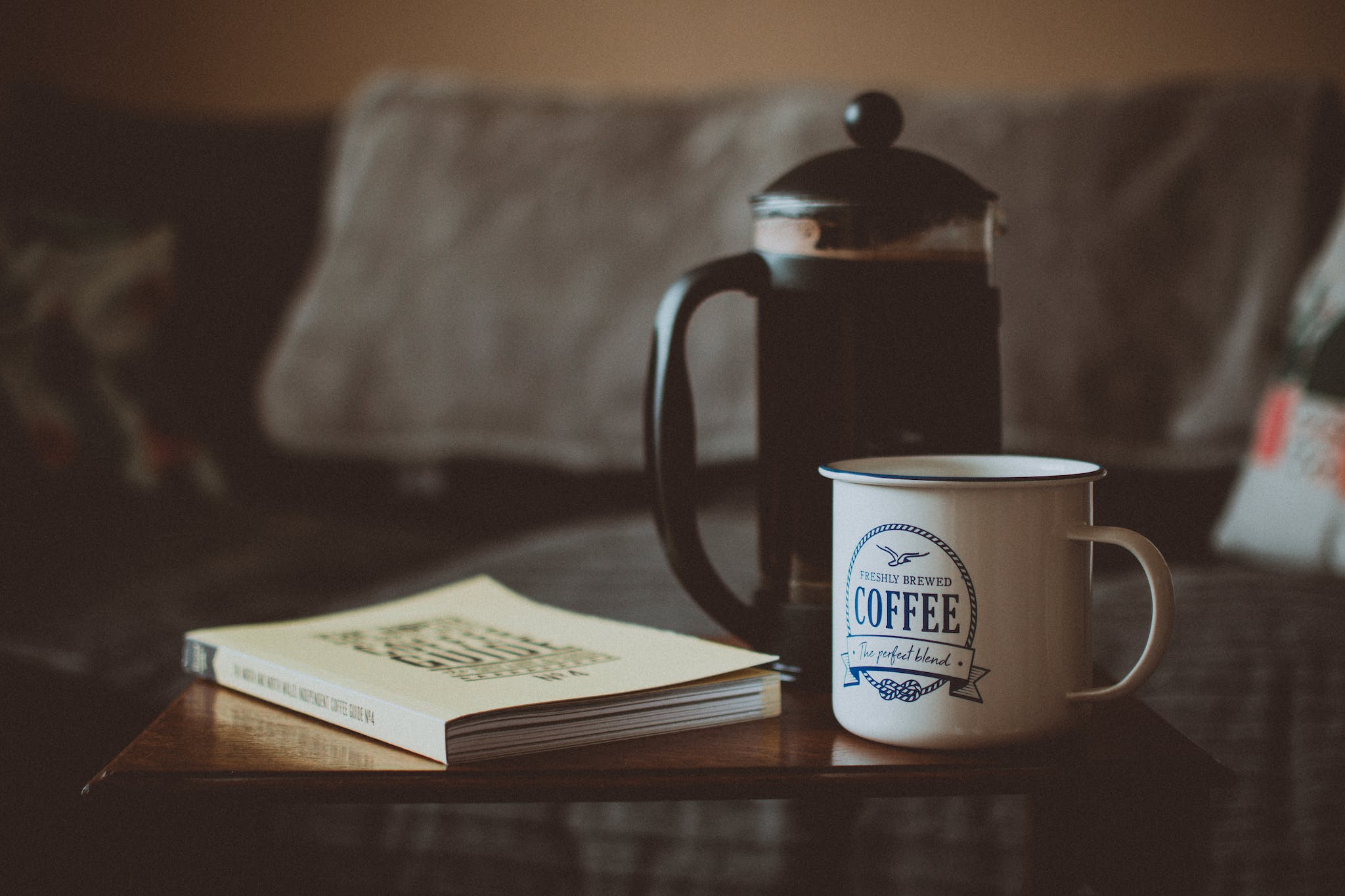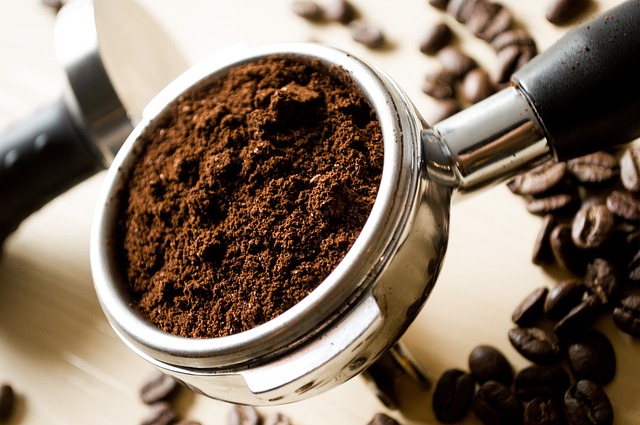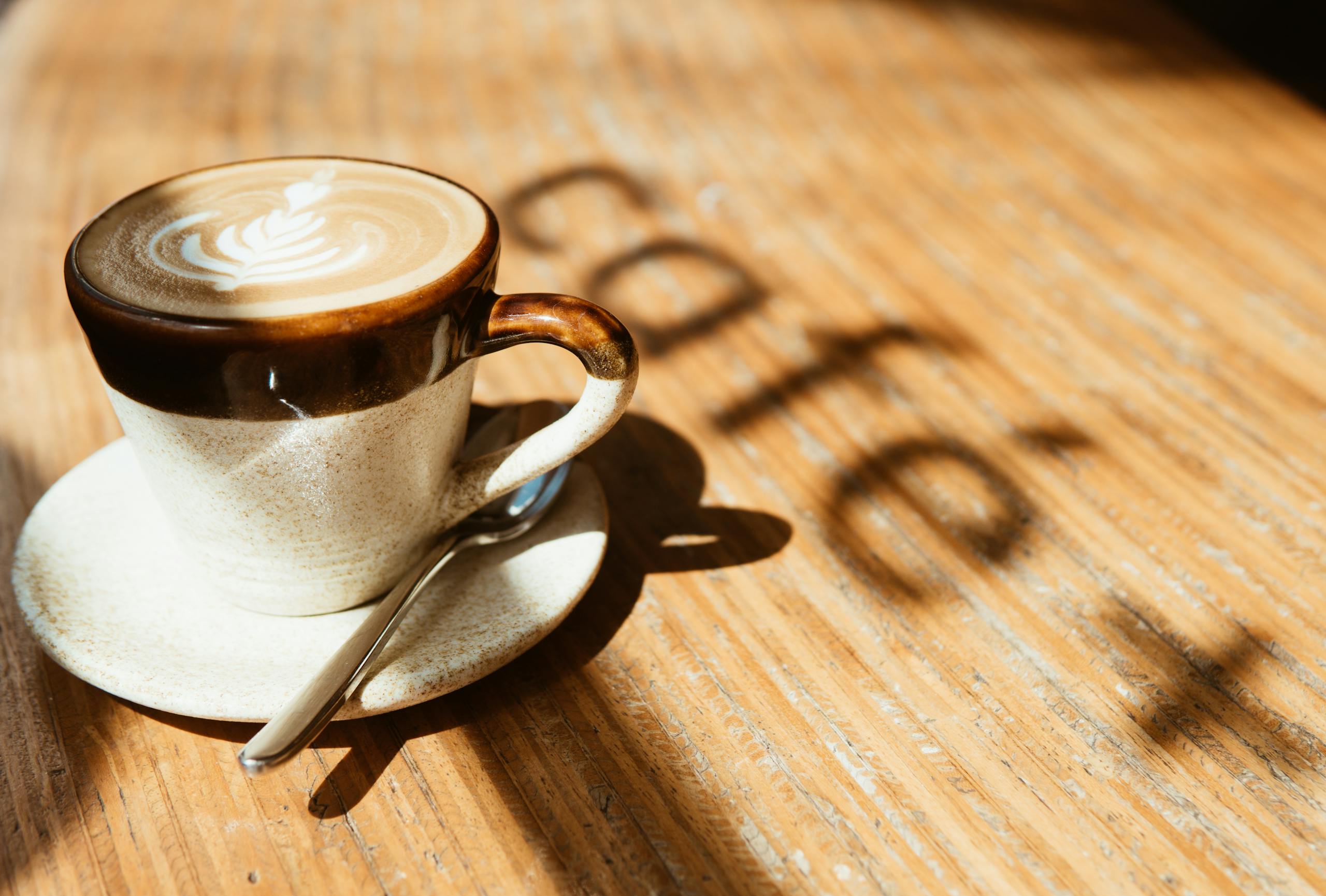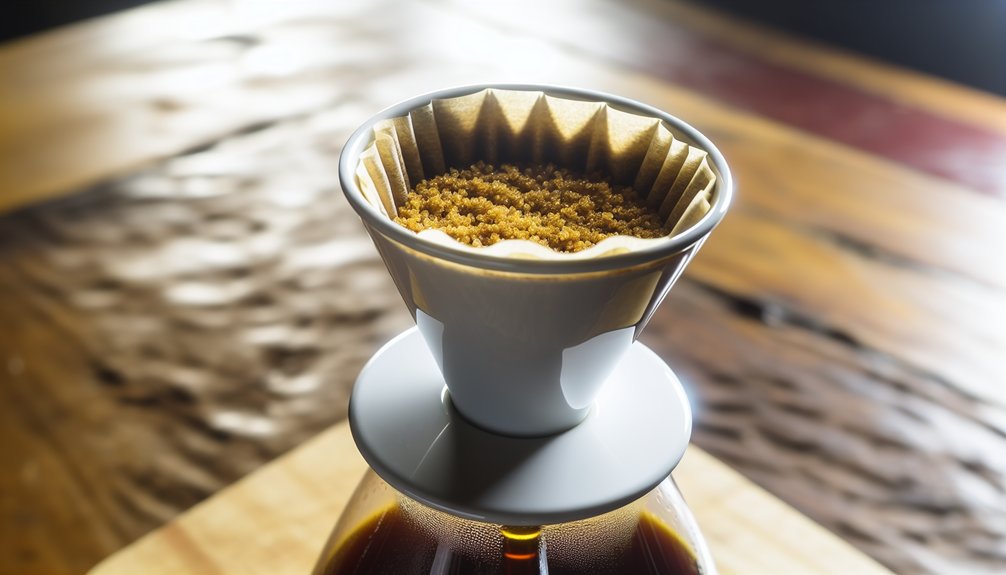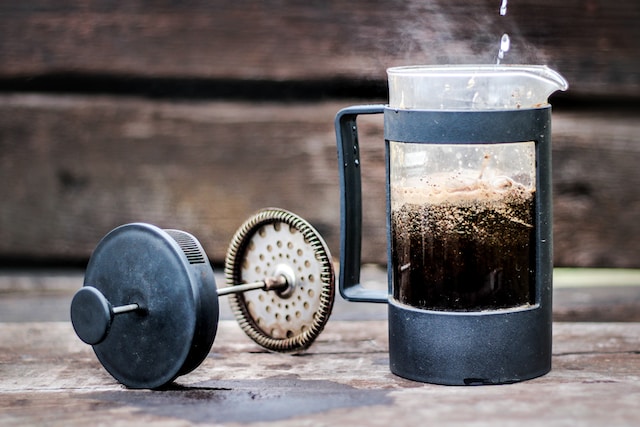How to Pair Coffee with Desserts for a Flavor Match Made in Heaven
There are some affiliate links below, but they are all products I highly recommend. For more info, view my disclosure here.
Pairing coffee with desserts isn’t just fancy talk—it’s the secret to leveling up your favorite treats. The right coffee can boost a dessert’s flavor, cutting through sweetness or adding a rich contrast. Whether it’s a slice of cheesecake or a dark chocolate brownie, pairing wisely turns a treat into an experience. Ready to find the perfect match? Let’s make every sip and bite count.
Understanding Coffee Flavor Profiles
Matching coffee with desserts starts with understanding coffee flavor profiles. Coffee isn’t just “strong” or “mild.” It’s a world of diverse tastes that can enhance dessert in unexpected ways. Different coffees bring unique qualities to the table, creating an opportunity for harmony—or contrast—with your favorite sweets. Let’s break it down.
Acidity in Coffee
Coffee’s acidity is what gives it brightness and zest. It’s why some coffees taste crisp and others mellow. This acidity works wonders when paired with sweets. Why? Because it cuts through sugary desserts, balancing out richness and amplifying flavors.
- For citrusy desserts like lemon bars or orange-glazed cakes, a light roast with vibrant acidity harmonizes beautifully.
- Tangy cheesecakes thrive with Ethiopian or Kenyan coffees known for their sparkling acidity.
Imagine sipping a zippy coffee alongside a rich dessert—it’s like a squeeze of lemon over a decadent dish. It wakes up your taste buds and makes everything more exciting.
Body and Mouthfeel
The body of a coffee refers to its weight on your palate. It might feel light and tea-like or bold and creamy. This texture matters when pairing coffee with desserts of different textures.
- Light-bodied coffees work well with airy or delicate desserts, like macarons or angel food cake. They won’t overwhelm.
- Full-bodied coffees with a velvety feel are excellent alongside dense or creamy treats like flourless chocolate cake or tiramisu.
Think of body as the dance partner to the dessert’s texture. You want them to move together gracefully, not step on each other’s toes.
Flavor Notes
Flavor notes bring personality to coffee. They’re the fruity, nutty, or chocolatey elements that make each cup special. Pairing these notes with complementary dessert flavors takes the experience to a whole new level.
Here’s a quick guide:
- Fruity Notes: Coffees with berry or citrus flavors pair well with fruit tarts, berry pavlovas, or zesty lemon desserts.
- Nutty Notes: Nutty coffees match beautifully with pecan pie, almond biscotti, or hazelnut brownies.
- Chocolatey Notes: Chocolate-forward coffees are perfect with classic cakes, brownies, or even chocolate mousse.
Think of this step like finding a puzzle piece that fits. The idea is to highlight the best in both the coffee and the dessert.
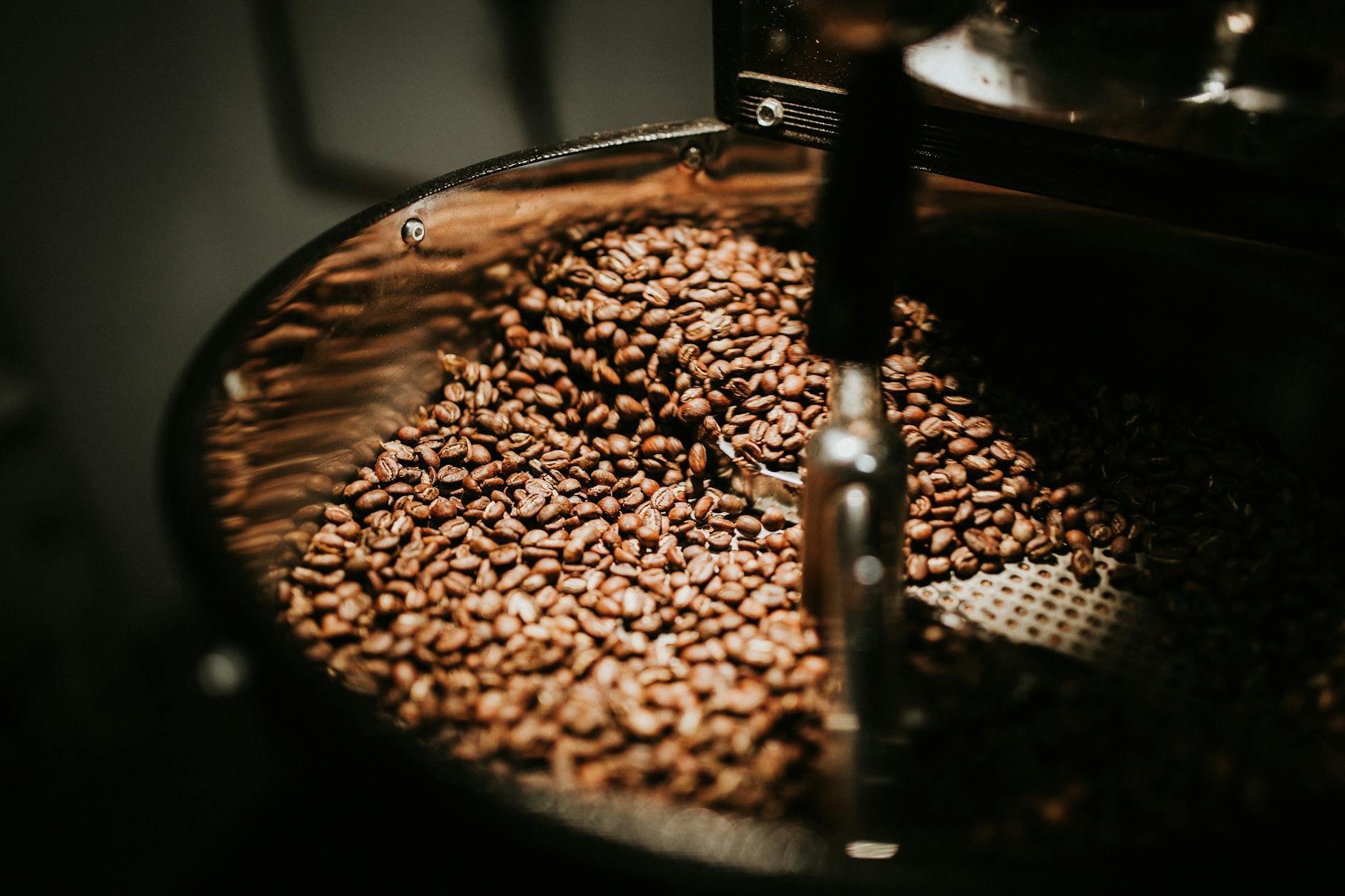
Photo by Juan Pablo Serrano
By experimenting with acidity, body, and flavor notes, you can start to craft coffee-and-dessert pairings that feel effortless yet unforgettable. Each detail adds a layer to the overall experience. Keep exploring and tasting—you’re bound to find combinations that amaze you.
Popular Dessert and Coffee Pairings
Pairing coffee with desserts is all about balance—letting the flavors of each shine without overpowering one another. Think of it like a duet where both parts complement each other perfectly. Some pairings are bold and intense, while others are soft and subtle, but the goal is always the same: to elevate the experience. Let’s explore some of the best combinations.
Chocolate Desserts
Rich, decadent chocolate desserts demand a coffee that can hold its ground. The deep, bittersweet notes in chocolate deserve a partner with depth and complexity.
- Dark Roasts: A bold, dark roast matches the richness of chocolate with its earthy, toasty flavor. Think French roast or Sumatra blends—perfect for brownies, chocolate mousse, or flourless chocolate cake.
- Espresso: The concentrated strength of espresso complements chocolate’s bittersweet intensity beautifully. A sip between bites of chocolate lava cake creates a flavor explosion.
- Mocha-Forward Coffees: Some coffees naturally have hints of chocolate in their flavor profile. These pair wonderfully with chocolate desserts, creating a harmonious match.

Photo by Dima Valkov
Fruit-Based Desserts
Light, fruity desserts pair best with coffees that brighten and enhance their natural sweetness. You’re looking for a coffee that adds a splash of vibrancy while letting the fruit shine.
- Light Roasts: Coffees from Ethiopia or Colombia, with their fruity and floral notes, are perfect for berry tarts, lemon bars, and peach cobblers.
- Citrus-Noted Coffees: These pairings work like magic with citrus desserts. Kenyan coffees, known for their zesty, citrusy flavors, complement orange-glazed cakes or lemon meringue pie seamlessly.
- Honey-Processed Coffees: For desserts that lean sugary, like fruit danishes or jam-filled pastries, coffees with sweet undertones bring out the natural fruit flavors.
A tangy fruit tart with a lightly acidic coffee is a match that feels like spring in a cup.
Cheesecakes and Creamy Desserts
Creamy desserts like cheesecakes and panna cotta call for a coffee that’s smooth enough not to clash but bold enough to cut through all that richness. It’s all about balance here.
- Medium Roasts: A medium roast hits the sweet spot with just enough acidity to cleanse your palate after a bite of cheesecake. Brazilian or Colombian coffees work wonders here.
- Nutty Coffees: Coffees with subtle nutty flavors enhance the buttery richness of creamy desserts. Pair your New York cheesecake with a hazelnut-accented brew for a luxurious treat.
- Caramel-Noted Coffees: Creamy desserts and caramel coffee go hand in hand. A creamy dessert like crème brûlée sings when paired with a coffee that has buttery caramel notes.
Imagine the creamy tang of cheesecake balanced by the smooth depth of Colombian coffee—it’s pure indulgence.
Nut Desserts
Nutty desserts are all about warmth and depth, making them ideal partners for coffee with nutty or chocolaty undertones. This pairing is all about amplifying those roasted, toasty flavors.
- Nutty Coffees: Coffees with natural notes of almond or pecan, like Guatemalan brews, pair perfectly with pecan pie, walnut brownies, or almond biscotti.
- Full-Bodied Coffees: For rich, dense desserts like hazelnut torte or pralines, opt for a full-bodied coffee like Sumatra or Java blends. The weight of the coffee complements the heaviness of the dessert.
- Flavored Coffees: Sometimes, a hazelnut- or almond-flavored coffee can take nut desserts to the next level—just make sure the flavoring doesn’t overpower the dessert.
Nutty desserts with the perfect coffee pairing feel like a warm hug—comforting, satisfying, and a little nostalgic. It’s the kind of combo that makes you want to slow down and savor the moment.
Tips for Brewing the Perfect Cup for Dessert Pairing
Brewing the right cup of coffee can make or break your dessert pairing. It’s not just about choosing a quality roast—it’s about preparing it to complement, or contrast with, the sweet treat on your plate. Let’s talk about the steps to getting it just right.
Choosing the Right Brewing Method

Photo by Tolga deniz Aran
Not all brewing methods serve desserts equally. Each method emphasizes different aspects of coffee flavor. Choosing the right one can elevate your dessert pairing game.
- French Press: This method delivers a rich, robust coffee with a heavier body. It’s ideal for dense desserts like chocolate cake or caramel flan, as the intensity adds depth to every bite.
- Pour Over: A pour-over brew tends to be crisp and clean, showcasing delicate flavor notes. It pairs beautifully with light, fruity desserts like tarts or sorbets.
- Espresso: Bold, concentrated espresso shots are excellent with rich, creamy desserts like tiramisu or cheesecake. The strong flavors cut through the heaviness seamlessly.
- Cold Brew: The naturally smooth, low-acid profile of cold brew works well with sweeter desserts such as donuts or cinnamon rolls. It highlights sweetness without overpowering it.
Think of brewing as fine-tuning the coffee’s personality—each method creates a unique experience that complements different types of treats.
Adjusting Coffee Strength and Flavor
Strength and sweetness need balance. Too strong, and your coffee will overpower the dessert. Too mild, and it might feel flat. Pairing calls for just the right adjustments.
- Go Stronger for Sweeter Desserts: Sweet, indulgent desserts like pecan pie or baklava benefit from a slightly stronger brew. The boldness of a stronger coffee balances out the syrupy sweetness.
- Dial It Down for Subtle Desserts: Lighter desserts like almond biscotti or angel food cake don’t need a heavy brew. Stick with a medium-strength coffee or even a single-origin light roast.
- Experiment with Ratios: Adjust the coffee-to-water ratio. Use a higher coffee ratio for dense desserts and a lighter ratio for delicate ones.
It’s all about creating harmony. Imagine the coffee and dessert as two singers—they need to stay in tune.
Serving Temperature and Presentation
Temperature might seem like a minor detail, but it’s a game changer when it comes to flavor. Hot, warm, or cold—each temperature creates a unique drinking experience that can heighten dessert pairings.
- Hot Coffee for Rich, Chocolatey Desserts: Serve your coffee hot to melt into decadent chocolate flavors. A warm mug of dark roast with fudgy brownies or lava cake is simply unbeatable.
- Warm or Lukewarm for Fruity Desserts: Fruity desserts pair better with coffee that’s slightly cooled. It tones down the coffee’s boldness and lets the tart or sweet fruit flavors shine.
- Iced Coffee for Summer Favorites: Pair chilled iced coffees with lighter fare like citrus bars or creamy gelato. Cold, smooth coffee provides a refreshing contrast.
When serving, presentation matters too. Pair your coffee in a well-designed cup or mug, and serve alongside the dessert for visual harmony. After all, we eat—and drink—with our eyes first!
By focusing on brewing methods, strength, and temperature, you ensure that every sip of coffee enhances the dessert, creating a pairing everyone will savor.
Cultural Influences on Coffee and Dessert Pairing
Coffee and dessert pairings are as much about culture as they are about flavor. Around the world, these pairings tell stories of tradition, family, and shared moments. Let’s dive into how different cultures have mastered the art of pairing coffee with sweet treats.
Italian Espresso with Pastries

Photo by Lisa Fotios
The Italians have long perfected the balance between coffee and dessert, particularly with their iconic espresso and pastry pairings. Walk into any Italian café, and you’ll find locals sipping a tiny yet potent espresso alongside a cornetto—a buttery, sweet pastry similar to a croissant.
Why does this work? Espresso’s intense, concentrated flavor cuts through the delicate sweetness of Italian pastries. It’s not uncommon to see someone enjoying a biscotti with their coffee, dipping it first for that perfect softness. Other favorites include cannoli with their creamy ricotta filling, which stands up beautifully to the boldness of espresso’s rich roast.
In Italy, the ritual is quick and intentional. It’s more than a pairing; it’s a moment of joy before starting the day or ending a meal.
French Coffee with Desserts
France elevates coffee and dessert into an art form. The French are known for their café gourmand, a simple yet indulgent serving of coffee accompanied by a selection of petite desserts. These often include madeleines, macarons, or crème brûlée in small portions.
French coffee tends to be smooth, often featuring a mellow roast that complements the richness of their desserts. Pair a delicate cup of coffee with a light-sponge madeleine or the crunch of a caramelized crème brûlée topping, and you’ll see why this culture celebrates balance.
And let’s not forget eclairs or chocolate tartes, where the bittersweet chocolate meets the creamy depth of a café au lait—milk in your coffee makes the pair even more decadent. For the French, it’s about slowing down and savoring every bite and sip, turning small moments into celebrations.
Middle Eastern Sweets and Coffee
In Middle Eastern cultures, coffee is more than a drink—it’s a ceremonial experience. Traditional Turkish or Arabic coffee, brewed strong and unfiltered, pairs harmoniously with some of the sweetest desserts you’ll find anywhere.
Desserts like baklava, dripping with honey and filled with nuts, or ma’amoul, a date-filled shortbread cookie, are common staples. These sweets are incredibly rich, but the bold, intense nature of Middle Eastern coffee balances them out beautifully. The coffee’s bitterness counters the syrupy notes, creating harmony in every bite and sip.
Often infused with cardamom or spices, the coffee brings an aromatic depth that enhances the flavors of these treats. Sharing these pairings isn’t just about taste—it’s about hospitality, tradition, and connection.
In each of these cultures, coffee isn’t just a beverage, and dessert isn’t just a treat. Together, they create moments that tie us to history and community. Understanding these traditions helps us appreciate the depth behind the seemingly simple act of pairing coffee with sweets.
Experiment with different pairings to find your favorites. Mix flavors, play with contrasts, and discover what excites your taste buds. Whether it’s a creamy cheesecake with a nutty coffee or a citrus tart with a bright roast, there’s a perfect match waiting for you.
Grab your favorite dessert, brew a fresh cup, and let the pairing adventure begin. Taste the possibilities—your palate will thank you!



